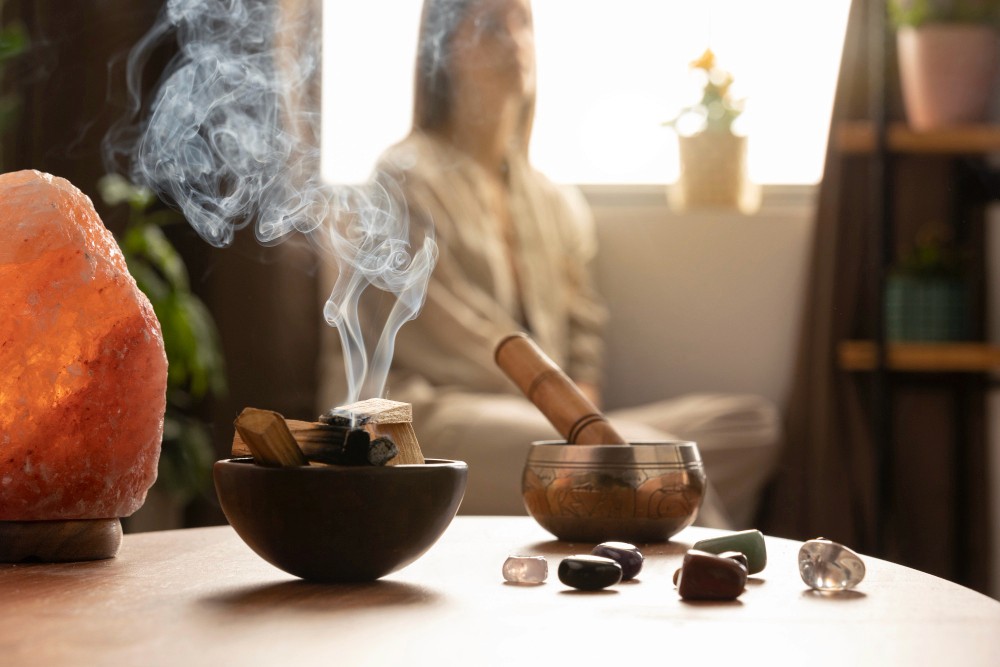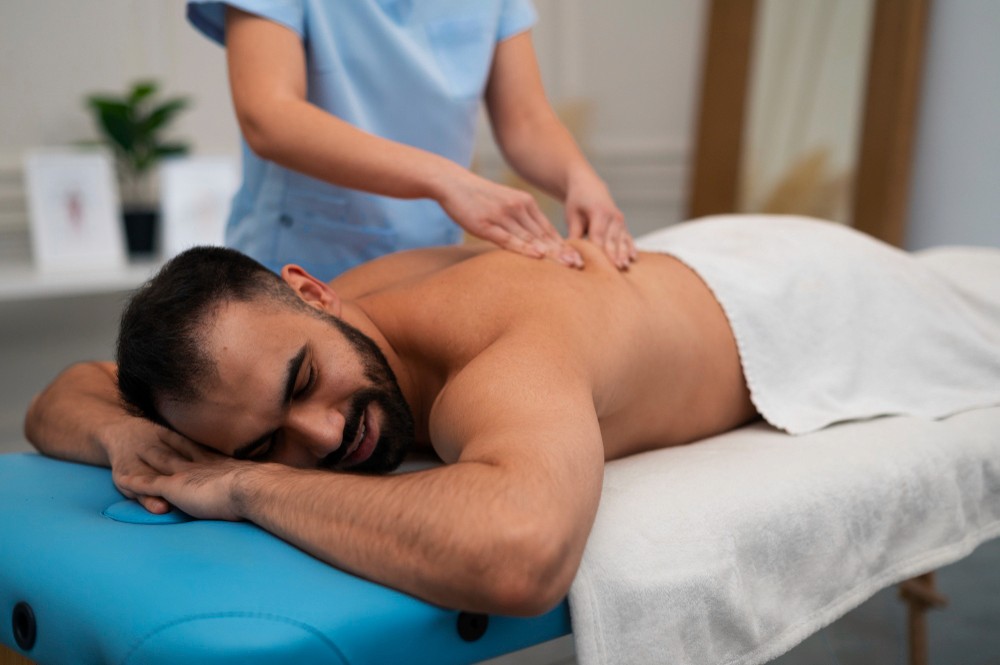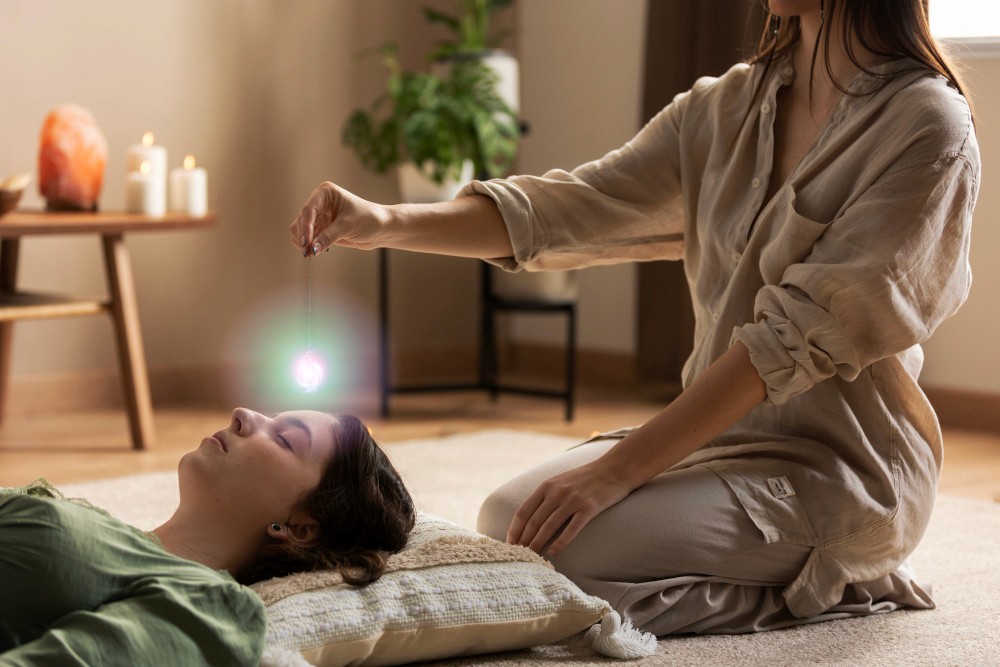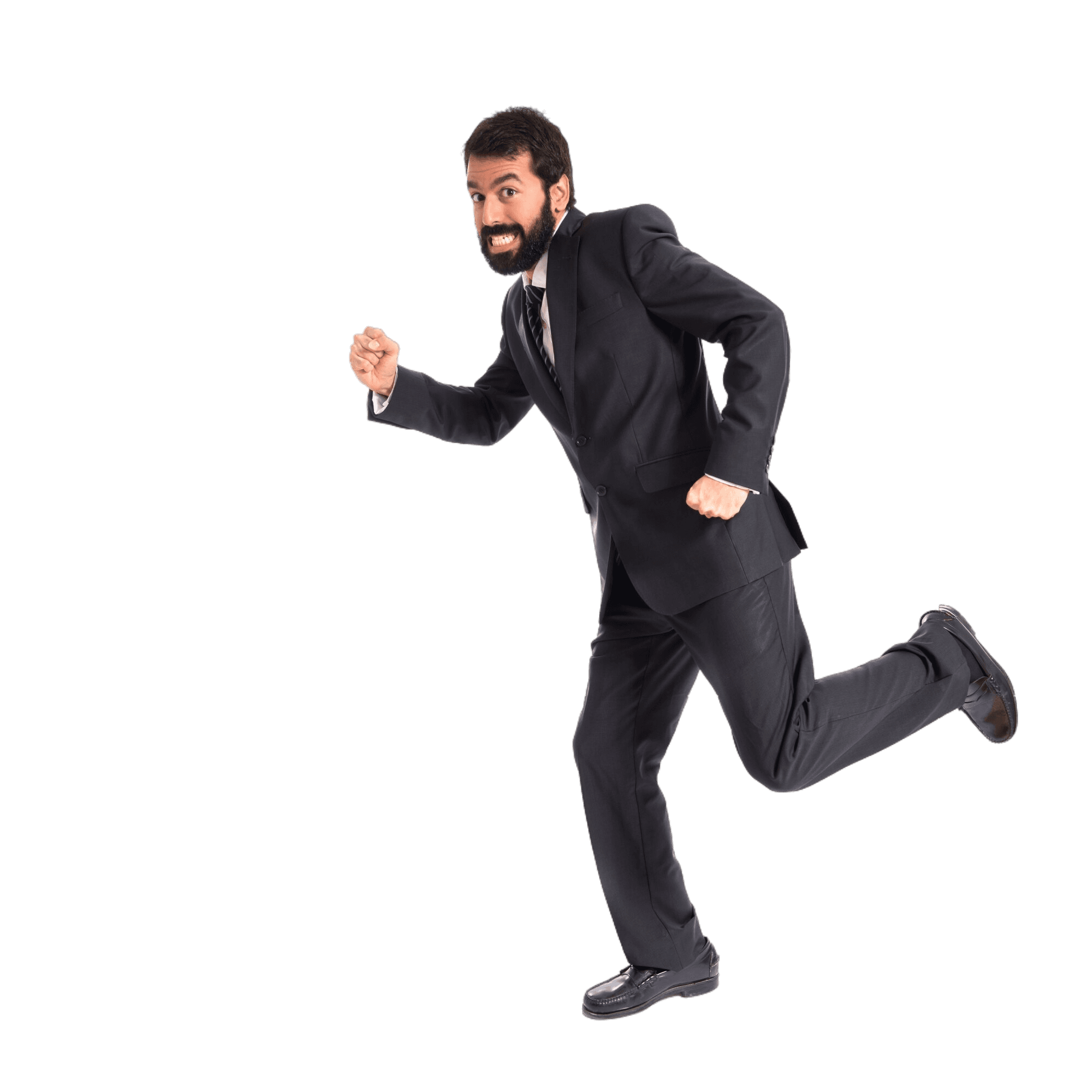Soul
Reiki: Harnessing Energy for Spiritual and Physical Healing

Team NxtClue
Content
|
3 mins
|
Aug 27, 2024

0:00/1:34
Don't have enough time to read?
Listen

The Alternate Healing Therapies: Part 5 – Reiki
This is the final part of our 5-part series on alternate healing therapies, which focuses on one of the less popular complimentary therapies: Reiki.
What is Reiki?
Being a form of energy healing, Reiki is another complementary healing therapy that has been practiced for 2500 years. Reiki practitioners propagate that the therapy deals with the invisible energy field present around the body by transferring the universal energy from the palms of the healer to the individual. The word ‘Reiki’ itself means mysterious atmosphere, which I think refers to the energy field of the body.
Spiritual healers and Reiki practitioners say that the energy field around our body often gets stagnated due to physical or emotional trauma, causing a spiritual illness that must be dealt with. Talking about the most recent version of Reiki, Mikao Usui developed Usui Reiki Ryoho in 1922. This is the form of Reiki that is currently practiced around the world.
How is Reiki Practiced?
There’s no specific place or equipment required for performing Reiki. The individual can comfortably sit on a chair or lie down on a massage table without removing their clothes. The practitioners gently place their hands on specific areas of the body, such as the head, shoulders, and torso. They usually keep their hands over the individual’s body for around 5-10 minutes. When the practitioner feels that they have transferred the required energy, they remove their hands.
The whole procedure involves a few techniques such as centering, clearing, beaming, extracting, infusing, and smoothing and raking. These techniques are part of the process where the practitioners change their hand positions.
Benefits of Reiki
Since Reiki uses chi energy to treat ailments, it can be considered a practice that comes from the same family as Tai Chi and Acupuncture. Although there’s no scientific evidence (little to no anecdotal evidence) about Reiki and its benefits, many people who have undergone the therapy reported that they’ve got extensive relief in chronic conditions such as cancer, heart disease, anxiety, depression, chronic pain, infertility, neurodegenerative disorders, autism, Crohn’s disease, etc. Nonetheless, the benefits of Reiki lean more towards relaxing and calming the mind rather than physical health benefits.
Now, the only question remains whether it has any side effects or not. To be precise, since Reiki does not use any type of drugs, chemicals, or any invasive procedure, it is virtually without harm. And people from all age groups can try and see if it benefits them or not.
This is the last part of our 5-part series of Alternate Healing therapies. I hope all of you have gained significant insights on non-conventional healing practices. Leave your feedback in the comments section, and we’ll create more information-oriented series in the future as well.
Download
Related Blogs

11 min
Soul
Benefits of Massage Therapy

Team NxtClue
|
27/08/24

11 min
Soul
Healing with Hypnotherapy

Team NxtClue
|
27/08/24

11 min
Soul
Healing with Aromatherapy

Team NxtClue
|
27/08/24

11 min
Soul
Yoga's Spiritual Purpose

Team NxtClue
|
27/08/24

I May Not Be the Menu, But I Can Still Guide You – I Know Some Shortcuts!
With us
Decision is yours
Without us

Copyright © 2024 NxtClue | All Rights Reserved
0:00/1:34
Don't have enough time to read?

Listen

3 mins
Soul
Reiki: Harnessing Energy for Spiritual and Physical Healing

Team NxtClue
|
Aug 27, 2024
Download
The Alternate Healing Therapies: Part 5 – Reiki
This is the final part of our 5-part series on alternate healing therapies, which focuses on one of the less popular complimentary therapies: Reiki.
What is Reiki?
Being a form of energy healing, Reiki is another complementary healing therapy that has been practiced for 2500 years. Reiki practitioners propagate that the therapy deals with the invisible energy field present around the body by transferring the universal energy from the palms of the healer to the individual. The word ‘Reiki’ itself means mysterious atmosphere, which I think refers to the energy field of the body.
Spiritual healers and Reiki practitioners say that the energy field around our body often gets stagnated due to physical or emotional trauma, causing a spiritual illness that must be dealt with. Talking about the most recent version of Reiki, Mikao Usui developed Usui Reiki Ryoho in 1922. This is the form of Reiki that is currently practiced around the world.
How is Reiki Practiced?
There’s no specific place or equipment required for performing Reiki. The individual can comfortably sit on a chair or lie down on a massage table without removing their clothes. The practitioners gently place their hands on specific areas of the body, such as the head, shoulders, and torso. They usually keep their hands over the individual’s body for around 5-10 minutes. When the practitioner feels that they have transferred the required energy, they remove their hands.
The whole procedure involves a few techniques such as centering, clearing, beaming, extracting, infusing, and smoothing and raking. These techniques are part of the process where the practitioners change their hand positions.
Benefits of Reiki
Since Reiki uses chi energy to treat ailments, it can be considered a practice that comes from the same family as Tai Chi and Acupuncture. Although there’s no scientific evidence (little to no anecdotal evidence) about Reiki and its benefits, many people who have undergone the therapy reported that they’ve got extensive relief in chronic conditions such as cancer, heart disease, anxiety, depression, chronic pain, infertility, neurodegenerative disorders, autism, Crohn’s disease, etc. Nonetheless, the benefits of Reiki lean more towards relaxing and calming the mind rather than physical health benefits.
Now, the only question remains whether it has any side effects or not. To be precise, since Reiki does not use any type of drugs, chemicals, or any invasive procedure, it is virtually without harm. And people from all age groups can try and see if it benefits them or not.
This is the last part of our 5-part series of Alternate Healing therapies. I hope all of you have gained significant insights on non-conventional healing practices. Leave your feedback in the comments section, and we’ll create more information-oriented series in the future as well.
Copyright © 2024 NxtClue | All Rights Reserved

I May Not Be the Menu, But I Can Still Guide You – I Know Some Shortcuts!
With us
Decision is yours
Without us

Copyright © 2024 NxtClue | All Rights Reserved

I May Not Be the Menu, But I Can Still Guide You – I Know Some Shortcuts!
With us
Decision is yours
Without us

Related Blogs